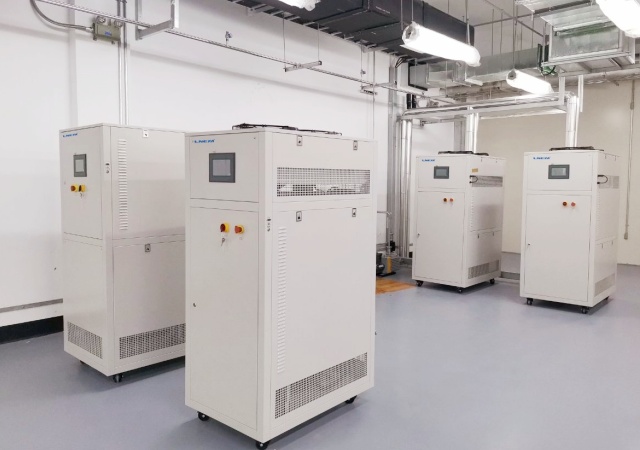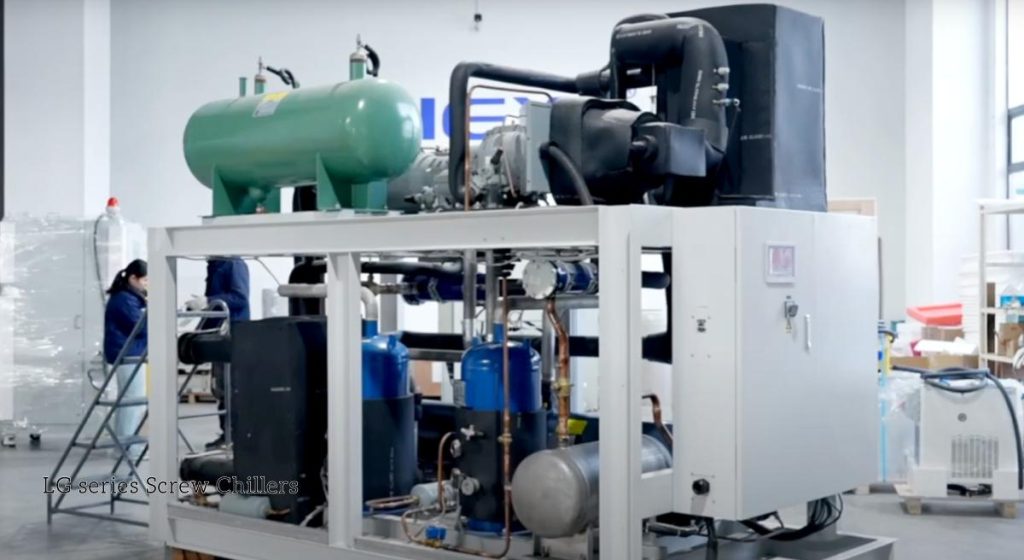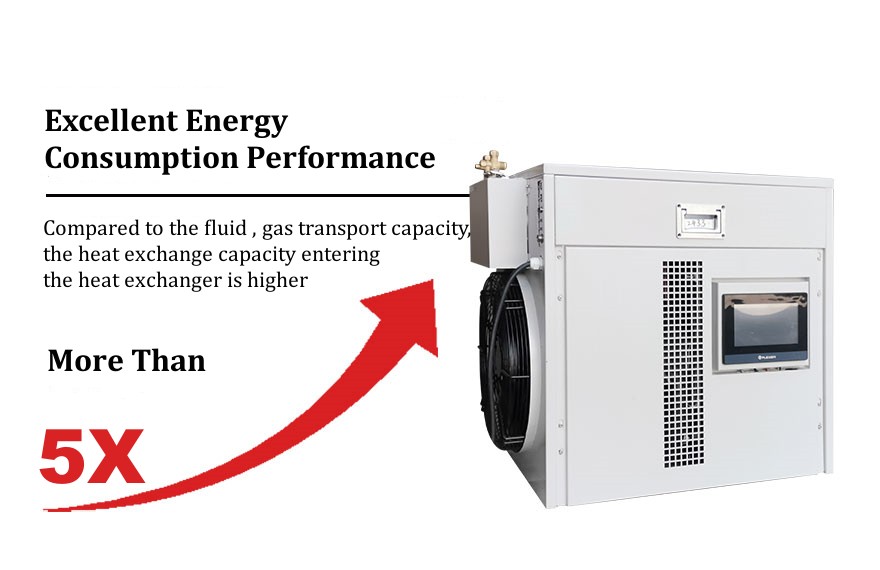What is the Difference Between Indoor Chiller and Outdoor Chiller

- Gas Chiller vs Electric Chiller What is the Difference
- What is the difference between indoor chiller and outdoor chiller
- What is the Most Energy Efficient Chiller
- What is the Difference Between Chillers and Coolers
- 4 tipi di sistemi di refrigerazione: quale si adatta alla tua struttura?
- Cos’è un chiller VFD: chiller VFD vs chiller non VFD
- What is a Gas Chiller
- What is a Scroll Chiller
- Settembre 2025
- Agosto 2025
- Luglio 2025
- Giugno 2025
- Maggio 2025
- Marzo 2025
- Febbraio 2025
- Gennaio 2025
- Dicembre 2024
- Novembre 2024
- Ottobre 2024
- Settembre 2024
- Agosto 2024
- Luglio 2024
- Giugno 2024
- Maggio 2024
- Aprile 2024
- Marzo 2024
- Febbraio 2024
- Settembre 2023
- Luglio 2023
- Giugno 2023
- Maggio 2023
- Gennaio 2023
refrigeratore raffreddato ad aria refrigeratore refrigeratori Congelatore a freddo refrigeratore di raffreddamento circolatore di raffreddamento e riscaldamento sistema di raffreddamento e riscaldamento cooling system sistema di controllo dinamico della temperatura congelatore circolatore di riscaldamento refrigeratore industriale raffreddamento industriale congelatore industriale frigorifero industriale reattore a camicia refrigeratore a bassa temperatura notizie reattore refrigeratore raffreddamento del reattore raffreddamento del reattore riscaldamento riscaldamento del reattore raffreddamento circolatore refrigerato refrigeratore a vite refrigeratore per semiconduttori refrigeratore di prova per semiconduttori sundi tcu controllo della temperatura camera di prova termostato refrigeratore a bassissima temperatura refrigeratore di prova per veicoli refrigeratore d'acqua refrigeratore raffreddato ad acqua
When you size a cooling system, the first question shouldn’t be brand or price. It should be: where will this chiller live? Choosing between an indoor chiller and an outdoor chiller changes how you plan piping, foundations, noise control, and long-term maintenance.
Posizione di installazione
An indoor chiller typically goes into a mechanical room or a dedicated plant area. That lets you control the environment. You can manage humidity, provide service lighting, and route piping conveniently. Indoor chillers are often water-cooled units tied to a torre di raffreddamento or a condenser loop.
An outdoor chiller is typically installed on a rooftop or concrete pad and is often raffreddato ad aria with weatherized enclosures and large fans. While it frees indoor floor space, it requires careful consideration of structural load-bearing, vibration isolation, and rooftop mounting hardware.
Piping also changes. Longer chilled-water runs and higher pump heads are common when the machine is outside, and insulation becomes more critical to keep losses down. The unit also demands enhanced weatherproofing, corrosion-resistant coatings, and reliable drainage to withstand environmental exposure.
From our experience, this choice is often constrained by available space. If you have a crowded plant floor, an outdoor chiller is tempting. If you’re renovating an existing building, an indoor chiller can avoid the cost and permits for roof work.


Requisiti di spazio
Space is where budgets collide with reality. An indoor installation requires a plant room sized for service clearances. You need room to pull compressors and replace heat exchangers. Don’t skimp on access. We’ve seen projects where the chiller fit the floor footprint but not the service pathway—then the first compressor replacement became a week-long headache.
Outdoor chillers free up valuable indoor real estate. But they need a clear envelope on the roof or yard. Rooftop units demand a structural review. You also need crane access for installation. And while the unit itself may be compact, leave space for airflow and maintenance walkways.
A practical tip: plan from the service door inward. If a part can’t be removed without a forklift, you’ll pay for it later.

Noise & Vibration
Noise is often the first real complaint after a new unit goes online. Outdoor chillers generate fan and compressor noise that can carry across courtyards and into office windows. If you plan a rooftop unit near occupied spaces, add acoustic screens or choose low-noise fans.
Indoor chillers let you isolate sound inside a mechanical room. That makes it easier to meet decibel requirements in sensitive facilities like hospitals or labs. But remember: indoor units still transmit vibration through building structure. Proper mounts and vibration isolators are a must, not an optional extra.
Some users once specified a rooftop air-cooled chiller and underestimated reflected noise from nearby glass. They added an acoustic baffle and the complaints stopped. Small details like that matter.
Manutenzione & Accessibility
If a technician can reach the unit in normal work clothes, it will get serviced regularly. That’s why accessibility beats theoretical reliability every time.
Indoor chillers usually win here. They sit in a clean, lighted space. Parts are protected from snow and sun. Outdoor chillers are out of the weather, but they can be awkward to reach in a storm or at night. Lockout/tagout locations also change. You don’t want techs carrying heavy parts through production areas or sterile labs.
Also consider spare parts staging. For indoor chillers, spares can live next to the unit. For rooftop outdoor chillers, parts may stay in a shipping area or on ground level, adding time to repairs.
Cost Considerations
Initial cost and life-cycle cost diverge quickly. An outdoor air-cooled chiller often costs less to install because it needs no cooling tower or indoor plant room. But in hot climates, air-cooled units work harder and use more electricity during peak months.
Indoor water-cooled chillers can be more efficient year-round, but they require a cooling tower, pumps, and space. That raises upfront cost and mechanical complexity. Over ten years, those pumps and towers need maintenance too.
Our engineers tell clients to run a simple payback model that includes expected utility rates and preventive maintenance. The cheapest install is seldom the cheapest option five years in.
Environmental Adaptability
Climate and site conditions push one option over the other. In cold regions, outdoor chillers require freeze protection and winter operation controls. In dusty or coastal sites, outdoor units need harsher coatings and more frequent coil cleaning. Indoor chillers thrive where you can give them clean air and steady temperatures.
Also think about redundancy. If your process is critical, splitting capacity between indoor and outdoor units can safeguard against local weather events or maintenance downtime.
Conclusione
At LNEYA we design chillers to match real conditions, not just lab specs. We provide air-cooled chillers and water-cooled chillers for rooftop duty and indoor plant rooms. We also offer hybrid solutions, low-temperature chillers, and heat recovery options when a site needs more than basic cooling.
If you want an honest breakdown for your site—space, noise, maintenance, and life-cycle cost, our engineers will run the numbers and show you the trade-offs.
Reach out and we’ll put real-world performance into your specification.
Chiller correlati
CONTATTO
TEL:TELEMATICO
EMAIL: EMAIL: EMAIL: EMAIL: EMAIL: EMAIL: EMAIL
WeChat e WhatsApp: il nostro servizio

Wechat QR

Hai domande o hai bisogno di un preventivo? Compila il modulo sottostante e il nostro team ti risponderà entro 24 ore.
 Refrigeratori industriali LNEYA Produttore Fornitore
Refrigeratori industriali LNEYA Produttore Fornitore
















